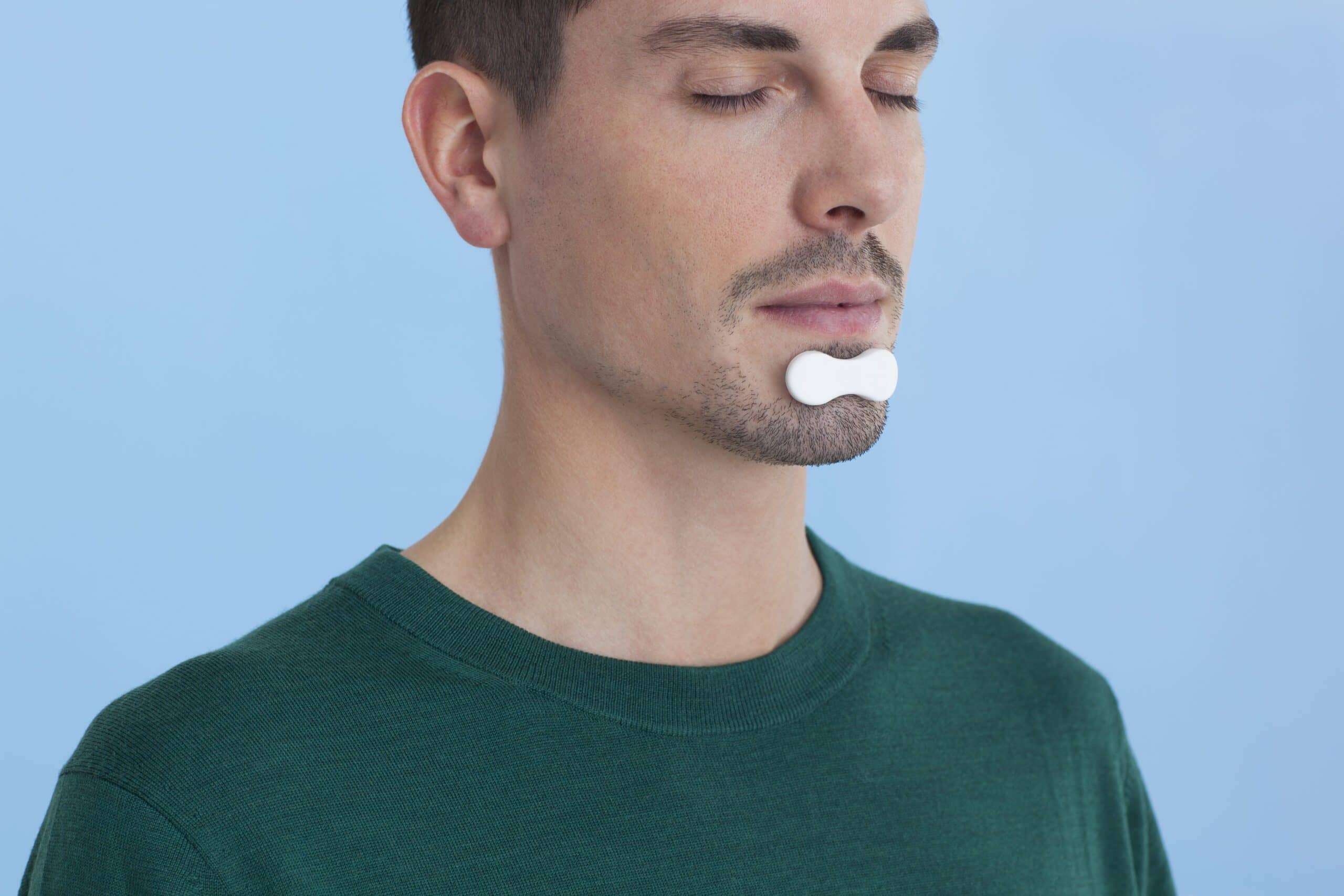Non-invasive sleep photobiomodulation therapy aids in removing Alzheimer’s disease-related toxins from the brain, according to a new study published in Frontiers of Optoelectronics.
It is well known that sleep is the best medication; however, it is still unknown why the brain recovers better in sleep and whether these processes can be controlled. Recent discoveries have shown that the lymphatic system of the brain is activated during sleep, which contributes to the removal of metabolites, toxins, and unnecessary molecules from its tissues. Sleep disturbance contributes to the deposition of metabolites in the central nervous system.
For example, sleep is a biomarker for the development of Alzheimer’s disease. This is due to the fact that the toxic metabolite beta-amyloid is excreted from brain tissue during sleep. Sleep deprivation leads to the accumulation of toxins in the central nervous system, which over time can lead to the development of Alzheimer’s disease.
Now, researchers have shown that sleep photobiomodulation technology can effectively increase lymphatic excretion of beta-amyloid from the brain tissues of mice with Alzheimer’s disease.
At the same time, photobiomodulation in sleep has more significant therapeutic effects than in wakefulness. Photobiomodulation during sleep turns the brain into a washing machine, helping to cleanse its tissues of toxic beta-amyloid and increase resistance to the progression of Alzheimer’s disease.
Photo caption: Photobiomodulation of brain cleansing of beta-amyloid during sleep
Photo credit: Semyachkina-Glushkovskaya Oxana, Shirokov Alexander, Blokhina Inna, Fedosov Ivan, Terskov Andrey, Dubrovsky Alexander, Tsoy Maria, Elovenko Daria, Adushkina Viktoria, Evsukova Arina, Telnova Valeria, Tzven Anna, Krupnova Valeria, Manzhaeva Maria, Dmitrenko Alexander, Penzel Thomas, Kurths Jürgen







































